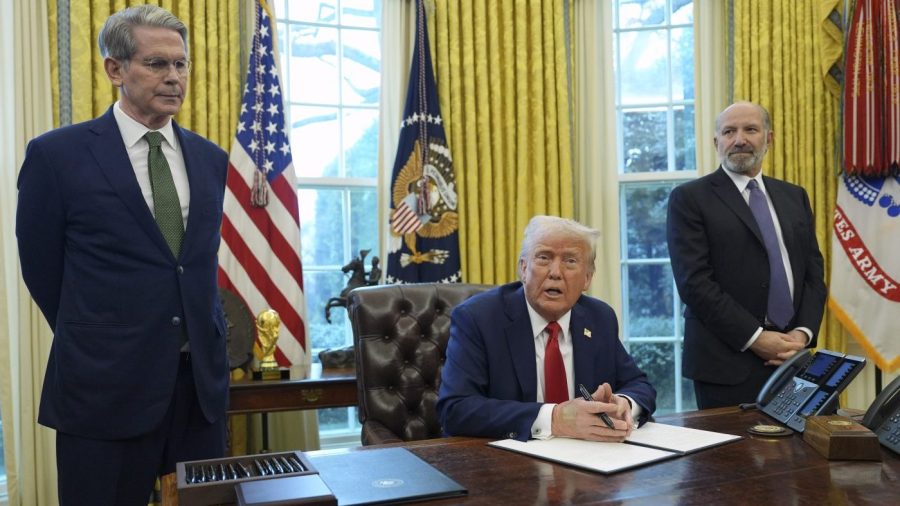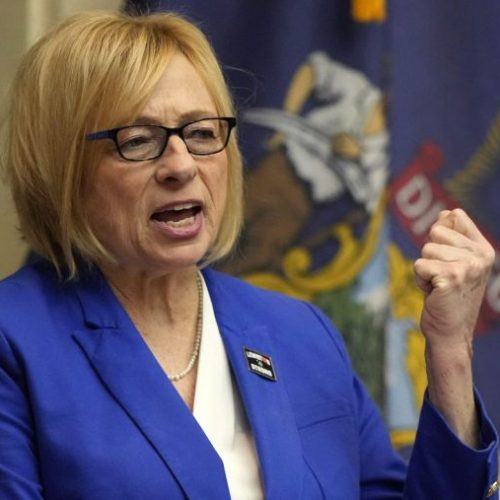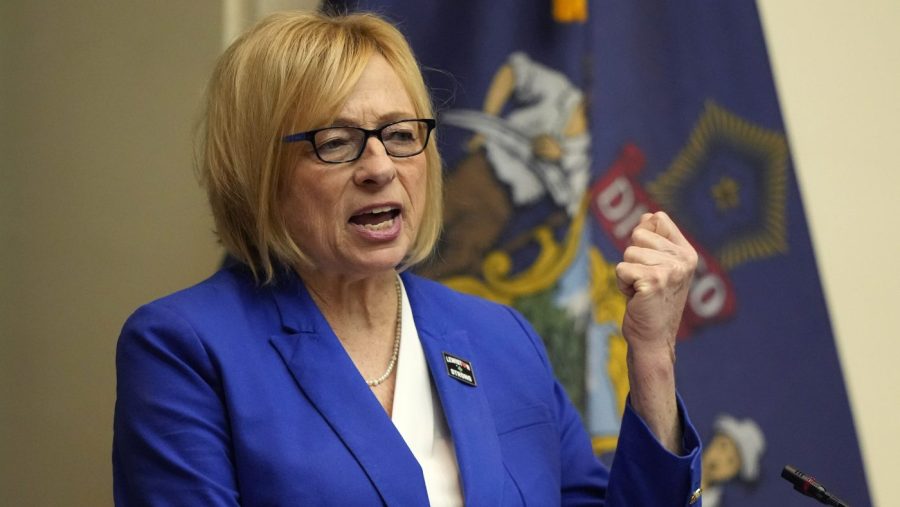An American Sovereign Wealth Fund: Risky but Not Implausible
President Donald Trump has recently signed an executive order directing the creation of a plan for a United States Sovereign Wealth Fund (SWF). This move has sparked a heated debate about the potential benefits and risks of such a fund for the American economy and its global influence.
What is a Sovereign Wealth Fund?
A sovereign wealth fund is a state-owned investment fund that manages a country’s excess reserves or natural resource revenues. These funds are typically used to invest in various financial assets, including stocks, bonds, real estate, and other investment vehicles, with the goal of generating returns for the country’s benefit.
The Proposed U.S. Sovereign Wealth Fund
According to the White House fact sheet, the executive order directs the Secretary of the Treasury and the Secretary of Commerce to deliver a plan within 90 days for the creation of a sovereign wealth fund. The plan is expected to include recommendations for:
Funding mechanisms
Investment strategies
Fund structure
Governance model
Potential Benefits
Proponents of the fund argue that it could offer several advantages:
Enhanced Global Economic Influence: A large U.S. SWF could significantly increase America’s economic clout on the world stage.
Domestic Investment: The fund could finance critical infrastructure projects, support emerging industries, and drive innovation within the United States.
Long-term Fiscal Planning: A well-managed SWF could provide a cushion against economic downturns and help address long-term fiscal challenges.
Wealth Distribution: If structured appropriately, the fund could potentially provide direct benefits to American citizens, similar to Alaska’s Permanent Fund.
Potential Risks and Concerns
Critics of the proposal have raised several concerns:
Diversion of Capital: An American SWF might divert capital from the private-sector economy.
Political Interference: There are concerns that the fund could be used to fund political projects or interfere with private business decisions.
Corruption Risks: As seen in other countries, SWFs can be susceptible to corruption and mismanagement.
Fiscal Reality: Unlike countries with budget surpluses or significant natural resource revenues, the U.S. is currently running large deficits, which could complicate funding for the SWF.
Global Context
Many countries around the world have established sovereign wealth funds, including Norway, China, and the United Arab Emirates. The largest SWF is currently Norway’s Government Pension Fund Global, with assets under management of $1.78 trillion as of 2025.
Political Perspectives
The proposal has drawn mixed reactions across the political spectrum:
Supporters argue that a U.S. SWF could enhance America’s economic competitiveness and provide long-term benefits for citizens.
Critics, including some conservatives, warn about the potential for government overreach and the risks of politicizing investment decisions.
Conclusion
While the creation of a U.S. Sovereign Wealth Fund presents both opportunities and challenges, its implementation would mark a significant shift in American economic policy. As the debate continues, policymakers will need to carefully weigh the potential benefits against the risks and address concerns about governance, transparency, and fiscal responsibility. The development of this fund over the coming months will be closely watched by economists, policymakers, and global investors alike, as it has the potential to reshape America’s economic landscape and global financial influence.









